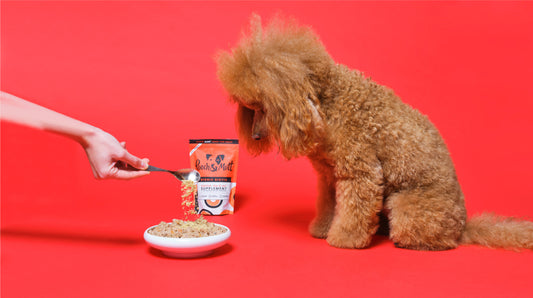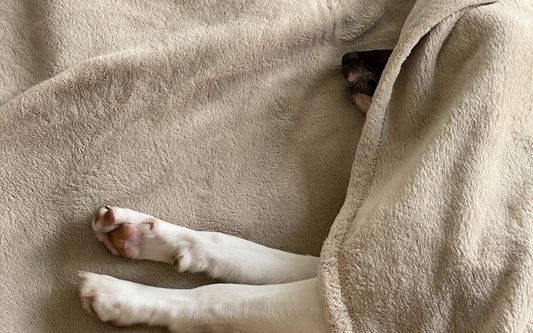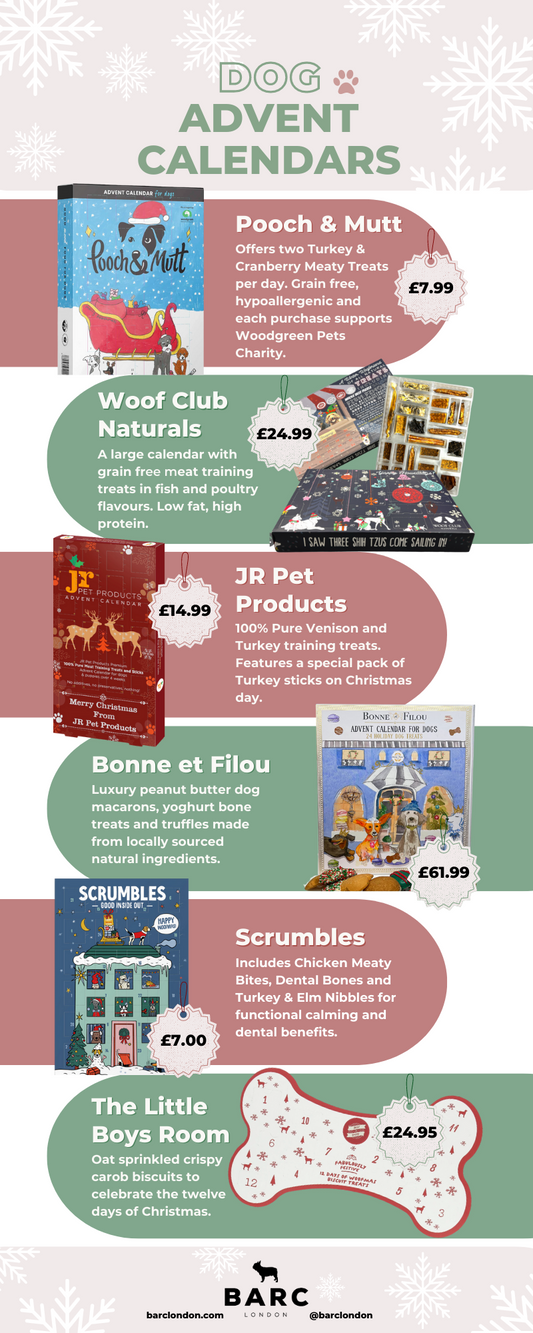
Cavapoochon Guide:
- Breed Information
- Size
- Appearance
- Training & Behaviour
- Health issues
- Grooming
- Exercise
- Nutrition
- Is a Cavapoochon right for me?
What is a Cavapoochon?
A Cavapoochon is a mix of the Cavalier King Charles Spaniel, Bichon Frise and Toy Poodle. This miniature triple crossbreed has curly hair and long floppy ears, maintaining the look of a puppy into adolescence and adulthood.
Despite having a thick coat, Cavapoochons aren’t prone to shedding as much as other dogs. They are a hypoallergenic mixed breed, which means they are ideal for owners who suffer from dog allergies.
Features:
| Height Range | 22 cm - 35 cm |
| Weight Range | 4 kg - 5.5 kg |
| Lifespan | 12 - 18 years |
| Breed | 1/2 x Poodle, 1/4 Cavalier, 1/4 Bichon Frise |
How big does a Cavapoochon get?
Cavapoochons are considered to be a small breed dog, typically measuring around 30cm in height when fully grown.
Their size largely depends on the size of the Poodle bred with the Cavachon, and often, toy or miniature Poodles are used.
While these cute pups tend to weigh between 4 - 5 kg, they can grow up to 9 kg.
What do Cavapoochons look like?
Cavapoochons have a signature ‘teddy-bear’ appearance, with big brown puppy-dog eyes and an adorable wavy or curly coat.
Despite their small height, they tend to have a stocky build, and have a variety of coat patterns and colour combinations.
Common coat colours for this breed include red, cream, white, apricot and pied.

Are Cavapoochons easy to train?
One of the best features of this trihybrid breed is their eagerness to please human owners.
Highly intelligent as a result of their Poodle genes, these dogs are famous for being easy to train, known to pick up new skills quickly.
It’s important for dog owners to establish good routines with their Cavapoochon puppies as soon as they bring their puppy home.
Thriving off rewards-based training - treats, praise and play are the best ways to help them develop good behaviour.
As well as being receptive to training, Cavapoochons are also easy to socialise, and tend to get on well with older dogs. Due to their gentle nature, it’s important to discipline them with care.
Health issues:
Cavapoochons have been bred to reduce some of the more common health issues their parent breeds are prone to. Despite this, when getting a teddy-bear dog, you should be aware of some of the potential problems they could be disposed to.
By being aware of possible health issues from the onset, owners can stay vigilant and ensure any issues are picked up and diagnosed by veterinarians early on.
| Breed | Health Problems |
| Cavalier King Charles Spaniel | Heart disease, hip dysplasia, epilepsy |
| Poodle | Allergies, epilepsy, hip dysplasia |
| Bichon Frise | Pneumonia, hip dysplasia, heart disease |
In addition, Cavapoochons are more prone to ear infections as a result of their long ears and thick curly coat. Because of this, it’s important for owners to pay close attention to grooming and prioritise ear cleaning as and when necessary.
How to groom a Cavapoochon:
Frequent grooming is important, and owners are recommended to brush their pup's curly coat regularly to prevent the fur from becoming matted or knotted.
Gentle daily brushing can help to ensure a shiny dog coat free from dead hair, which also works to keep their skin healthy and comfortable.
After wet and muddy walks, they should be given a good rinse with warm water. Bathing doesn't need to be as frequent, and overdoing so can strip the natural oils from their skin.
Whenever you bathe these dogs, be sure to use a gentle-formula dog shampoo, and check their ears for dirt or potential infection.
Another important consideration for Cavapoochon grooming is keeping their nails trimmed and well maintained. If you don’t feel comfortable with dog grooming at home, you can refer to a professional groomer.
Most Cavapoochon owners recommend taking pups to a professional groomer on a fortnightly basis to maintain a clean and healthy coat.
How much exercise should a Cavapoochon have?
As a small dog breed, Cavapoochons tend to require around 30 - 60 minutes of exercise per day. With their playful nature and medium to high energy levels, it’s important for these dogs to get plenty of daily play and 1 - 2 walks outdoors.
Despite Poodles having bundles of energy, Cavalier King Charles Spaniels and Bichon Frises tend to require less exercise, which means Cavapoochons are well suited to living in apartments.
💡 Top Tip: Although they are well suited to urban spaces, they still need to receive enough physical activity to live a happy and healthy life.

Photo: Leia the Cavapoochon wearing Barc London's Lilac Dog Collar & Lead Set
Cavapoochon nutrition:
As with any dog, providing the correct diet is vital to ensuring a good quality of life.
Dog nutrition charts help to show owners the nutrients dogs require for a balanced diet - made up of protein, fat, carbohydrates, vitamins and minerals.
When your Cavapoochon arrives home, it's a good idea to seek feeding advice from your local vet. They will be able to provide the most accurate and reliable information for your dog’s specific feeding needs.
💡 Top Tip: Cavapoochons have been reported to be fussy eaters, and can be sensitive to certain foods. Always make sure to check for dog safe fruit and vegetables, and contact your vet before feeding your pup anything new or unfamiliar.
Is a Cavapoochon right for me?
Cavapoochons are a good dog for first time owners. Friendly and well-natured, these dogs are adaptable and easy to care for.
Offering all of the best qualities of Cavaliers, Bichons and Poodles, these pups are playful and get along well with children, making them great family dogs too!
📚 Knowledge: Major kennel clubs like the British and American Kennel Clubs do not recognise cross breed dogs like Cavapoochons as official breeds.

Photo: Peaches the Cavapoochon wearing Barc London's Ivory Dog Collar.


